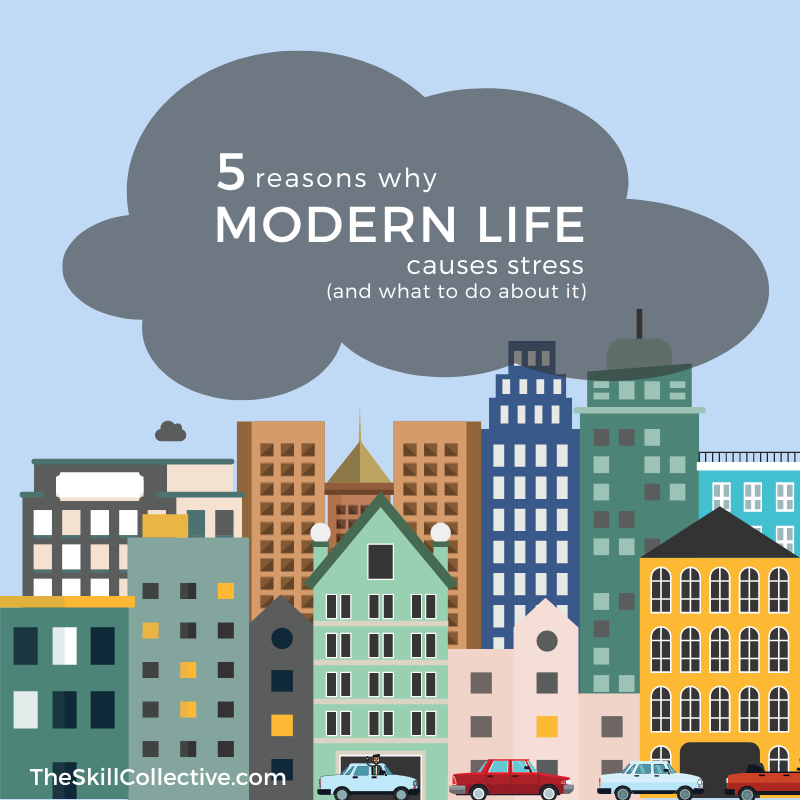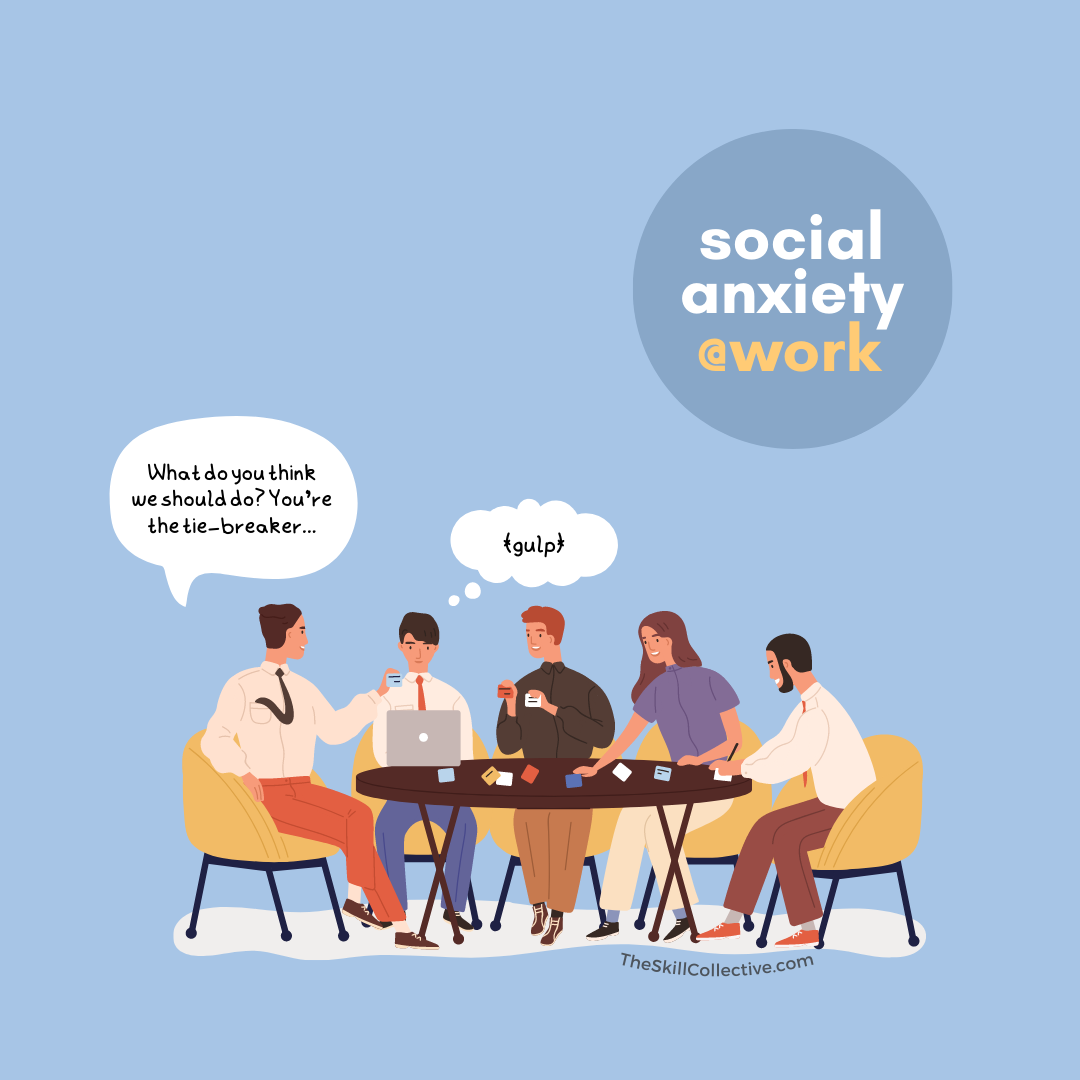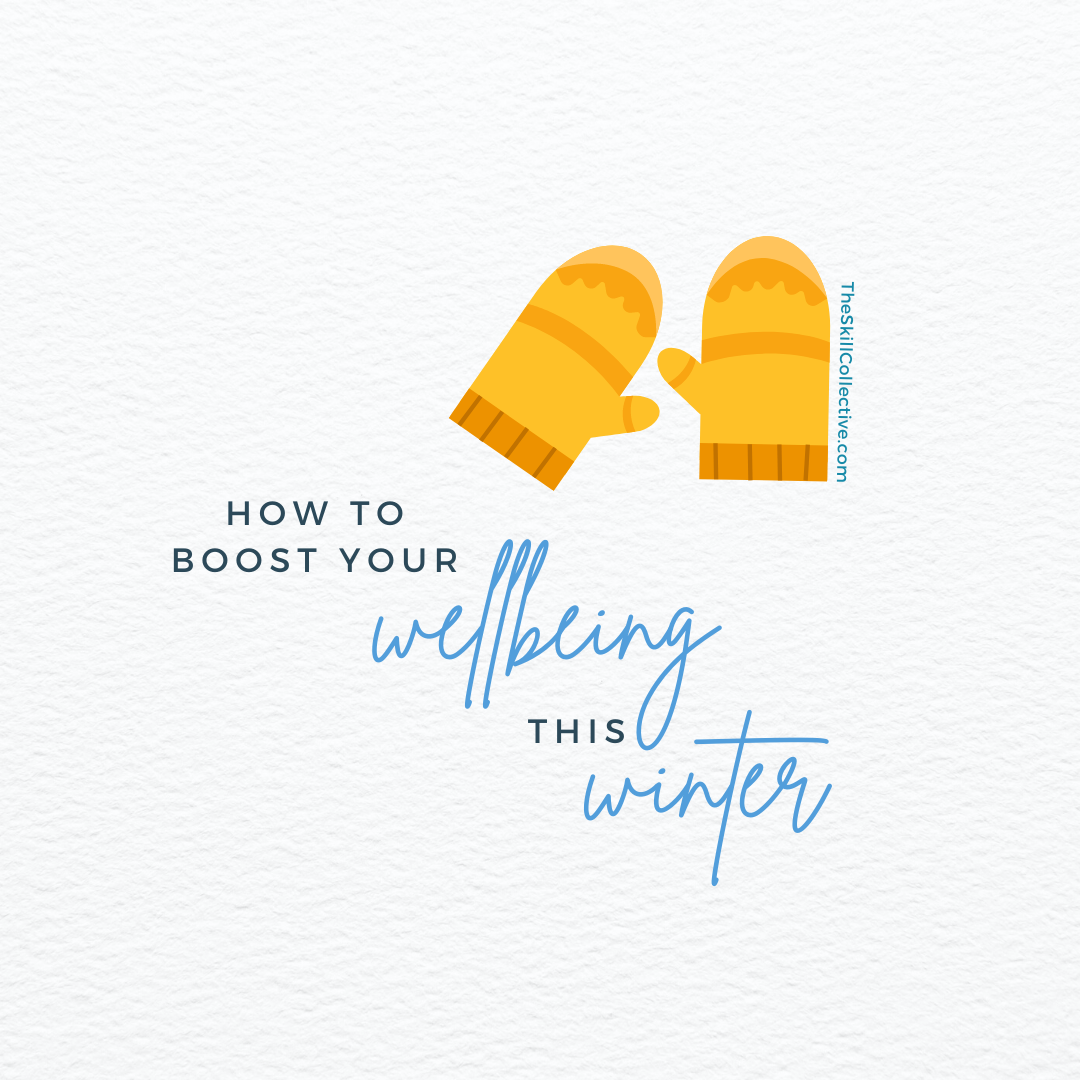Imposter Syndrome at work
Ever feel like a fraud at work? Stuck in a negative mindset? You’re not alone. Find out how imposter syndrome holds you back you at work and learn tips to better manage.
Perimenopause: What it is and how to cope with the physical and emotional impact
Perimenopause - or the period of transition into menopause - can be a time of great upheaval when it comes to the physical, mental, and social aspects of life.
5 reasons why modern life causes stress (and what to do about it)
(Updated July 2023) Experiencing stress and burnout? The stressors of modern day and lifestyle challenges may be making things worse. Here’s what to do about it.
Public speaking anxiety at work: Tips to manage a common challenge
Public speaking anxiety holding you back at work? Step up to the next level with these tips to help you manage your anxiety.
Social anxiety at work: How social anxiety affects your performance
What is it like showing up at work when you live with social anxiety? In this article we dive into tips to help you better manage social anxiety in the workplace.
Student athletes - Tips for balancing sport with your studies
The life of a student athlete is truly a busy one, so how can you balance sport with studies without burning out?
How to boost your winter wellbeing
How can you counter the winter blues? Check out our tips on how to boost your wellbeing during the colder months.







